Yesterday, I joined a group of volunteers and some Tanzanians on a hike into the Uluguru mountains to a waterfall. It was a beautiful hike and, along the way, we saw the homes and farms of people living there.
Once we’d climbed a bit, we were able to look back at the growing town of Morogoro with an approximate population of 300,000. Since almost all the buildings are single storey with the exception being a few hotels and some two storey businesses in town, growth results in sprawl and the town is expanding out toward Mkundi, where the Sega school is located about 10km from the town center.
There were many banana, avocado and mango trees, small plots of green peppers, green onions, and cabbage and at the higher elevations, strawberries, blackberries, rasberries, and gooseberries.
The residents have dirt foot-paths, which become steep and narrow further up, on which to carry goods to and from town which they do daily, taking produce to market each morning and bringing back what they need from town in the afternoon or evening. It’s a tough existence but at least the hill dwellers get plenty of exercise.
Tanzanian women have no tradition of exercise, whereas the men play sports and appear on average more fit even though the women have traditionally done most of the hard labor at home. The women see being fat as a positive and attractive thing and mothers worry if their daughters come home and have lost weight. The concept of exercise and health is gaining some ground here but I think they still regard us westerners jogging, hiking, and doing yoga as rather strange. After we returned, I asked one of the female teachers who lives here on campus, whether she liked to hike and she said she wouldn’t know as she’d never been (and didn’t seem to have any interest either).
The homes are made either of wood branches with mud over them or of bricks made out of the reddish earth. Most roofs are corrugated metal.
The color of the earth here is a defining feature of East Africa and the orange-brown dust permeates clothing, feet, and covers all surfaces in a fine grit. The native populace does an amazing job with their clothes, however, as most people’s attire (including our school girls’) appears nicely washed and pressed with the whites actually white even though laundry is done by hand, in buckets, and ironing is achieved with non-electric irons filled with hot coals!
I did a lot of sweating on the way up even though it wasn’t THAT hot. It made the time in the refreshingly cold waterfall even more fantastic once we got there after about two hours of fairly steady uphill progress. When we first arrived, we were the only ones at the waterfall but after awhile, I heard a noise above us and, looking up, saw a group of young Tanzanian fellows on a trail coming down.
I noticed that one had a camera and was taking a surreptitious picture of us mzungu women (foreigners) in our bathing suits. This amused me since I’d been photographing throughout the hike and had asked several colorfully clad women if I could take their pictures always to get a head shake meaning no. Apparently, young folks enjoy having their photo taken but the older population often doesn’t want anything to do with it.
On the way down, we met some of our guide’s relatives including several nephews, a neice, and his mother. Many adult Tanzanians, including most of the teachers at our school, still live at home, most likely because they don’t have the funds to rent or buy their own home. Of course, this has become more common in the U.S. during this recession but then our homes tend to be a lot larger than those of the Tanzanians who are generally living in one or two rooms, often with an outhouse used by many people in a compound.
We also saw a typical Tanzanian public school which was eye opening in its spare lack of facilities. Apparently, teachers frequently simply don’t show up or they show up but sit outside the school building while the students sit inside, informally striking because the government neglects to pay them.
It just made me realize once again how lucky the girls at Sega are to have a fully functioning school with teachers that care and facilities that are usually sufficient for their learning needs.
Overall, it was both a fun and informative outing. I hope to be able to take a hike like this at least once or twice a month.
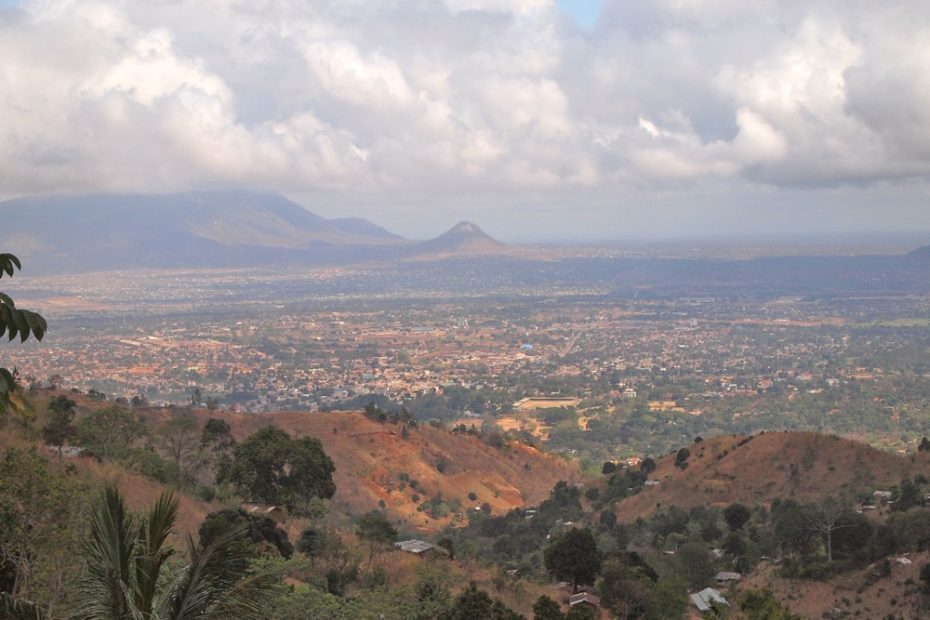
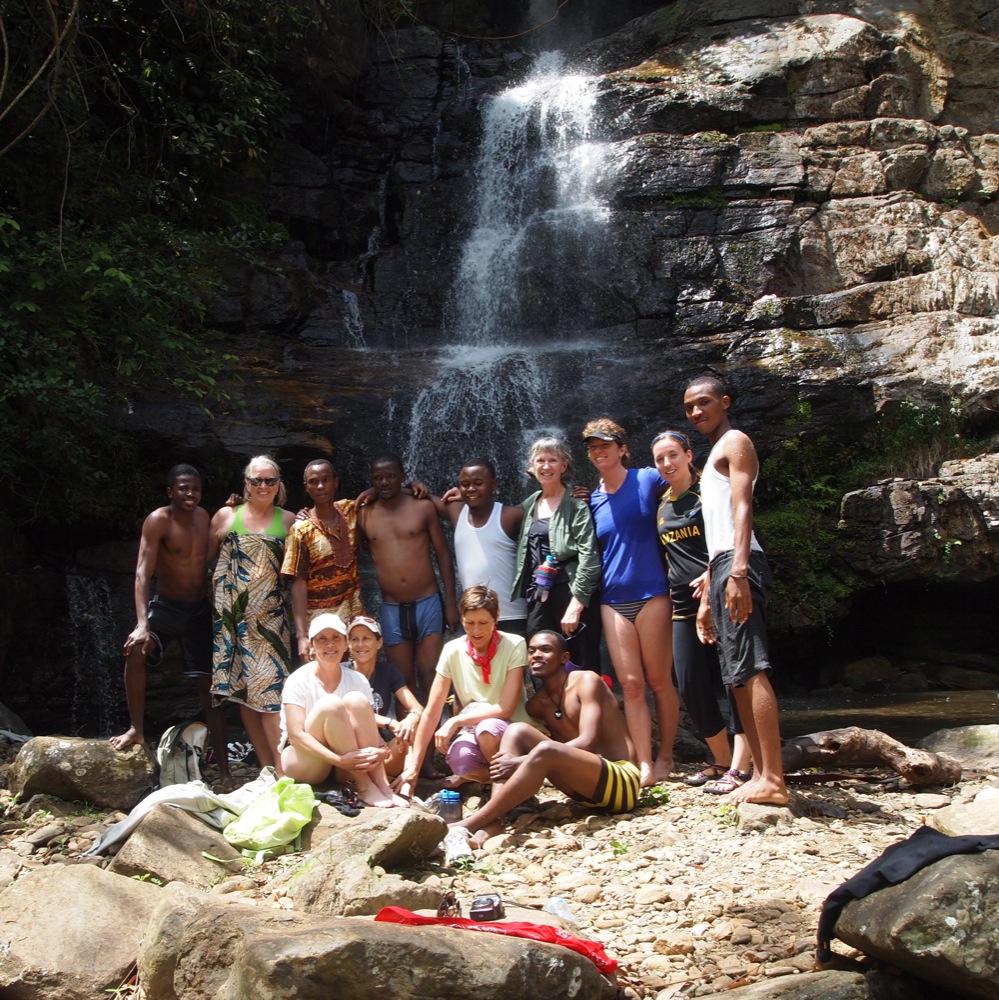
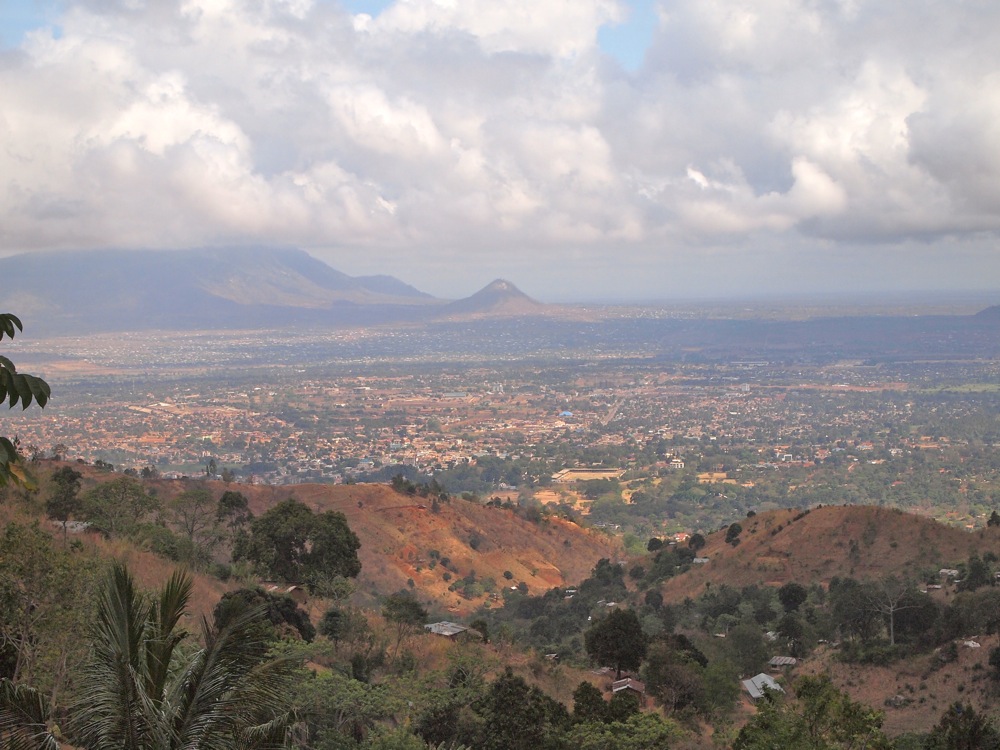
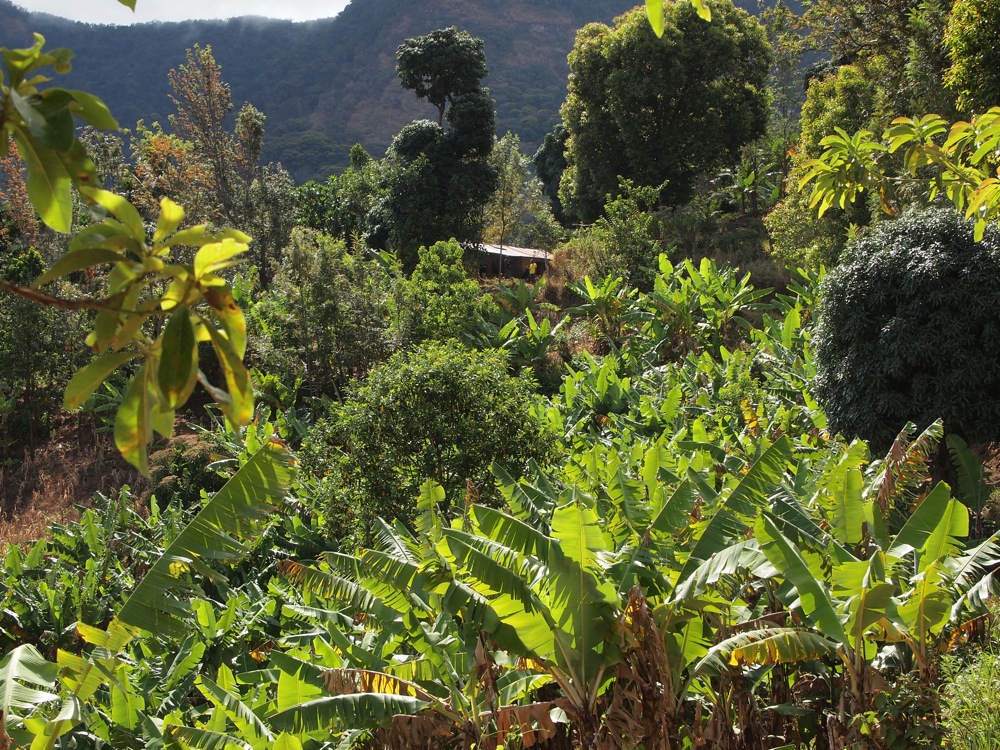
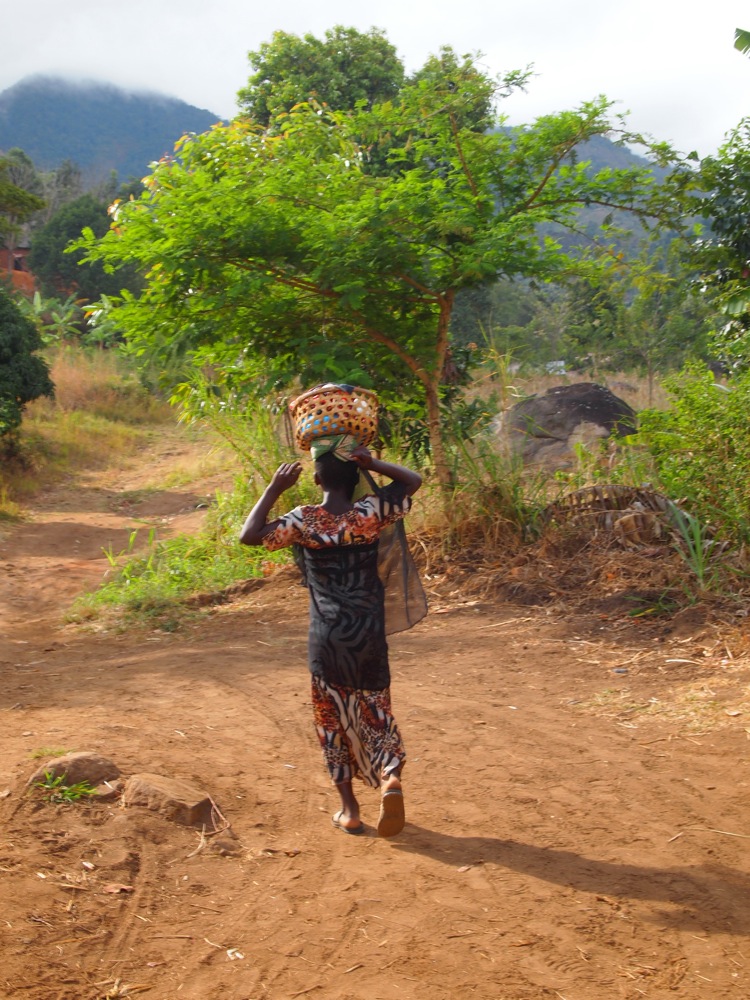
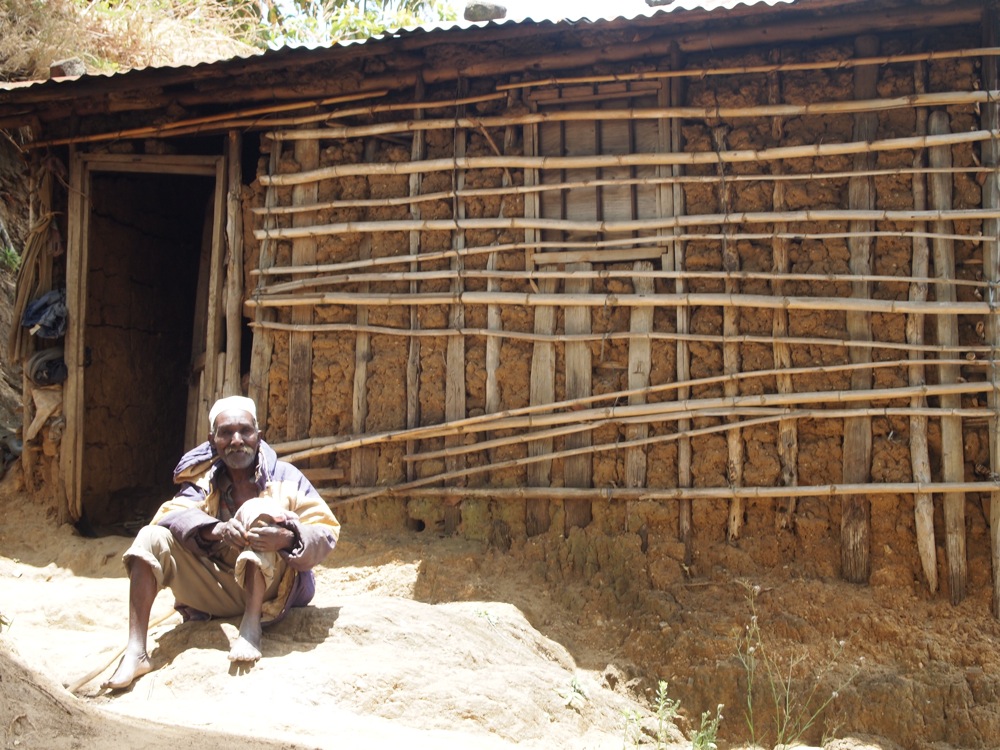
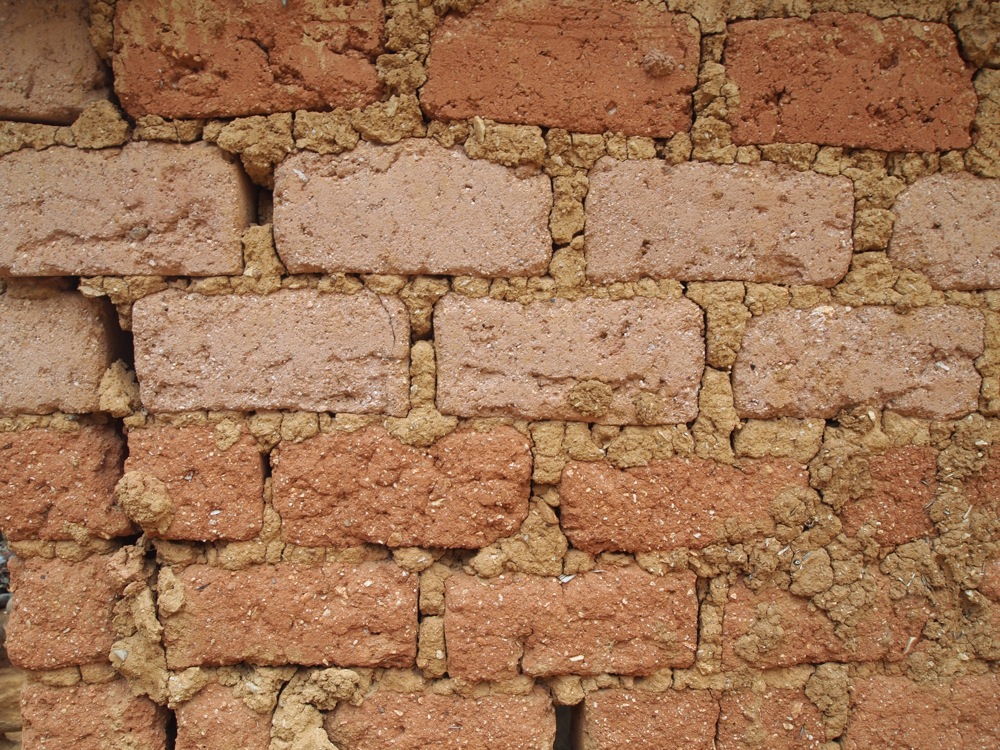

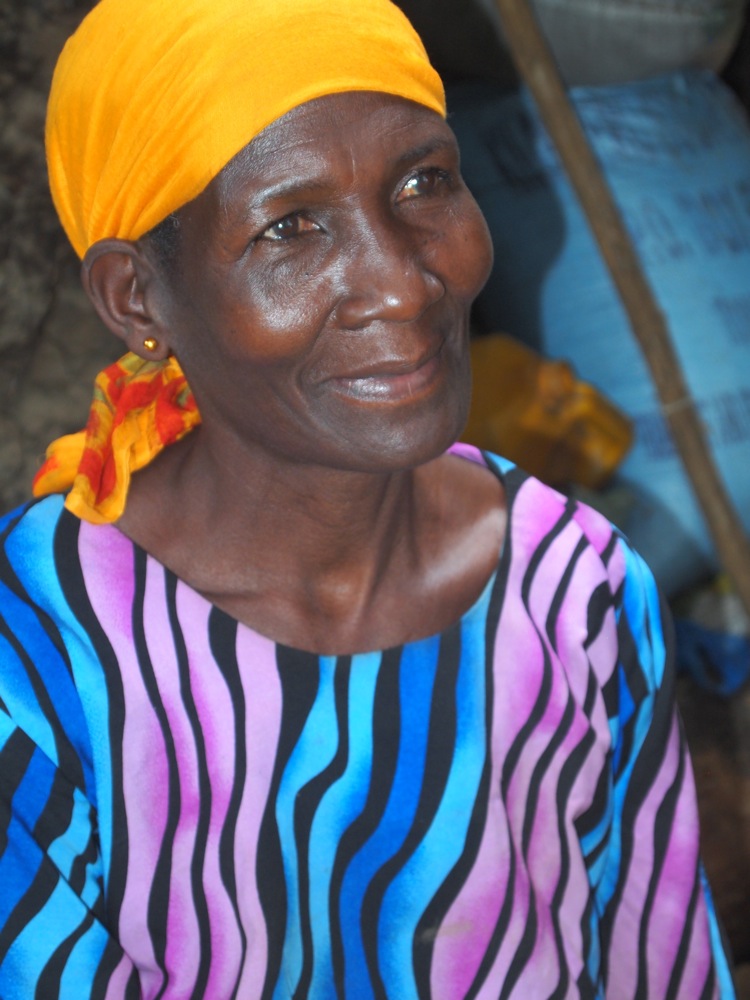

April – not only are you gifted writer, but photographer as well! Thank you for sharing your experience with us with such vivid descriptions and photos.
April: I was so impressed with the pic of you in a bikini that I jogged around the block with my dog this morning. The results were amazing! 😉
April – Thank you for sharing and for posting to Facebook. It is so nice to hear about your exciting hike. I love all the colors in your photos. Mustafa’s mom is beautiful!
Hmmm� just saw that it still overlaps in this email version. Maybe this shows old version? Anyway, do think that padding is the answer.
I haven’t seen a version where it didn’t overlap so I guess that means it doesn’t always look the same which is even more confusing. I will read the article at the link you send me on padding and see if I can implement. I’m a bit intimidated at fooling around with the html, if that’s what’s required, as I’ve never gotten behind the WordPress tools to do that but I guess I have to kick it up a notch if I want to be a real blogger.
It’s looks so beautiful and sounds like you’re really settling in and enjoying yourself.
April, I’m enjoying your posts so much! Glad to know things are going well and you’re getting to see some of the surrounding area, too.